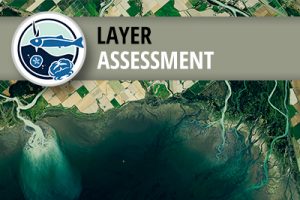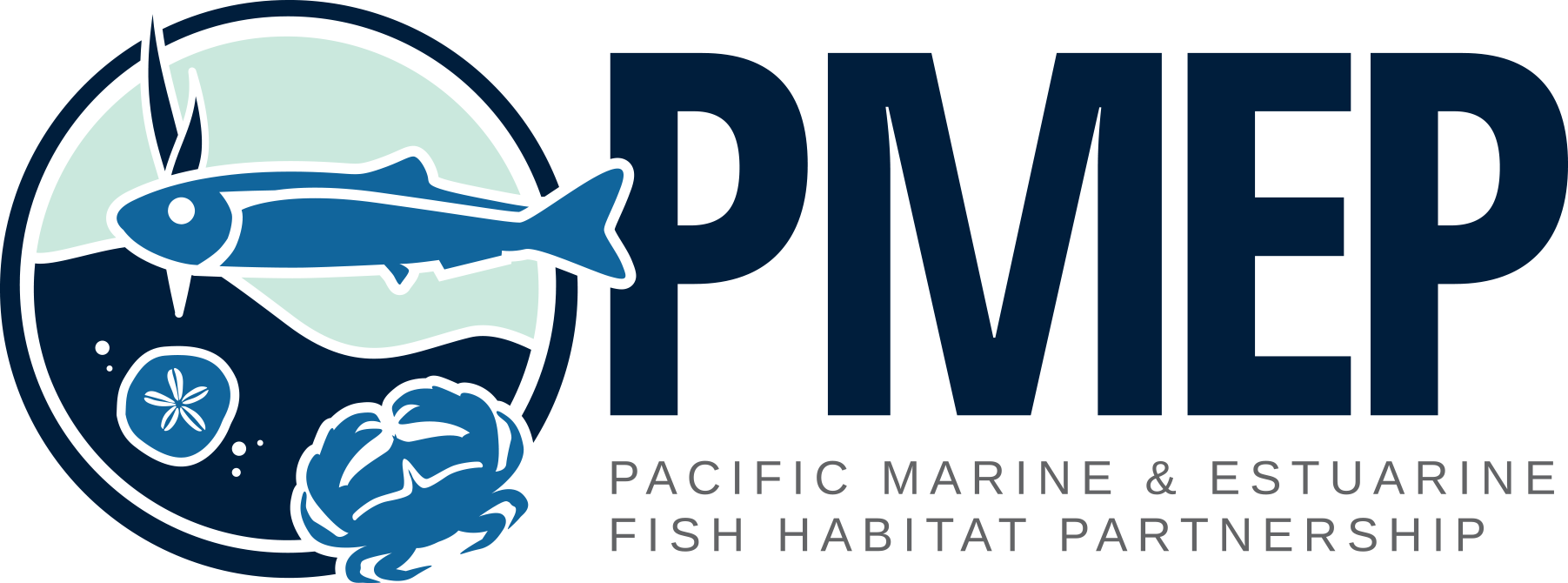Indirect Assessment of West Coast USA Tidal Wetland Loss
 Description
Description
This spatial data layer provides an indirect estimate of emergent, scrub-shrub and forested tidal wetland losses for 55 non-lagoonal estuaries spanning the contiguous United States West Coast. Losses are defined as those areas that were tidal wetlands prior to European settlement, but are no longer tidal wetlands today. Losses were estimated by comparing the National Wetland Inventory‘s mapping of current tidal wetlands to the Pacific Marine and Estuarine Fish Habitat Partnership (PMEP)’s West Coast Estuary Extent mapping. The estuary extent layer represents the likely historical extent of tidal wetlands, so areas not identified as current tidal wetlands in the National Wetlands Inventory (NWI) are considered “lost” in this analysis. This dataset has also removed from the “loss” calculation, those areas that are known to have been restored (see report entitled: “U.S. West Coast Mapping of Restored Tidal Areas: Methodology, Results & Recommendations.”
Results from this effort were published in the PLOS one article, “Insights into estuary habitat loss in the western Untied States using a new method for mapping maximum extent of tidal wetlands.”
A follow-on project resulted in the report “Comparing historical losses of forested, scrub-shrub, and emergent tidal wetlands on the Oregon coast, USA: A paradigm shift for estuary restoration and conservation“.
Important limitations to be aware of when interpreting the results of this assessment
- Because PMEP’s estuary extent layer is an elevation-based map, areas lost due to fill that elevates the land surface above current tide range are not captured in the estuary extent layer or in this loss analysis.
- Restored areas incorporated into this analysis are based on a snapshot in time. Restored areas that were classified as “complete” were used in this analysis; restored areas in planning stages or in progress were not included. Certain restored areas are shown as current tidal wetlands only if they were mapped through an update to the NWI after they were restored. In addition, restoration site conditions and stages of recovery will vary by site, depending on date and success of the restoration effort. For more details on how restored areas were incorporated into this analysis, see the report, “U.S. West Coast Mapping of Restored Tidal Areas: Methodology, Results & Recommendations.”
- Lagoonal estuaries were excluded from this assessment, because PMEP’s estuary extent mapping may not adequately reflect the historical extent of these features.
- In many areas of the U.S. West Coast, the NWI data are outdated (some NWI maps are > 20 years old); or they do not identify current tidal conditions with great accuracy. This can result in an overestimate or underestimate of losses. Inaccuracies in NWI classification are most common in middle to upper estuaries.
- Initial stages of the analysis showed that the methods worked best in larger estuaries where the scale of the NWI mapping was better suited to the analysis, and where substantial human alteration is evident. For this reason, we focused the analysis on estuaries with >100 hectares of historical tidal wetland area, and with substantial human alterations (55 estuaries). This subset of PMEP estuaries captures the vast majority (97%) of historical West Coast tidal wetlands by area.
Despite these limitations, this analysis provides a broad assessment of the magnitude and spatial distribution of tidal wetland losses across West Coast non-lagoonal estuaries, and provides decision support for conservation and restoration of West Coast estuarine resources. This West Coast-wide mapping of tidal wetland losses will help PMEP and other organizations understand the magnitude of tidal wetland losses coastwide, and how those losses vary among estuaries, regions, and ranges of fish species of concern. The results also provide an important starting point for future assessments such as analysis of climate change impacts.
For more information about this project and data layer – view the presentation from project team leader, Laura Brophy (Estuary Technical Group, Institute for Applied Ecology).
Access the tidal wetland loss data layer (Version 2.0, updated 1/7/2020 to include restored areas)
Metadata (PDF)
Download (zipped file geodatabase, requires email registration for download ~ 139MB)
These data can also be explored using PMEP’s Estuary and Nearshore Habitat Viewer PMEP’s West Coast Estuary Explorer, and through ArcGIS Online.
